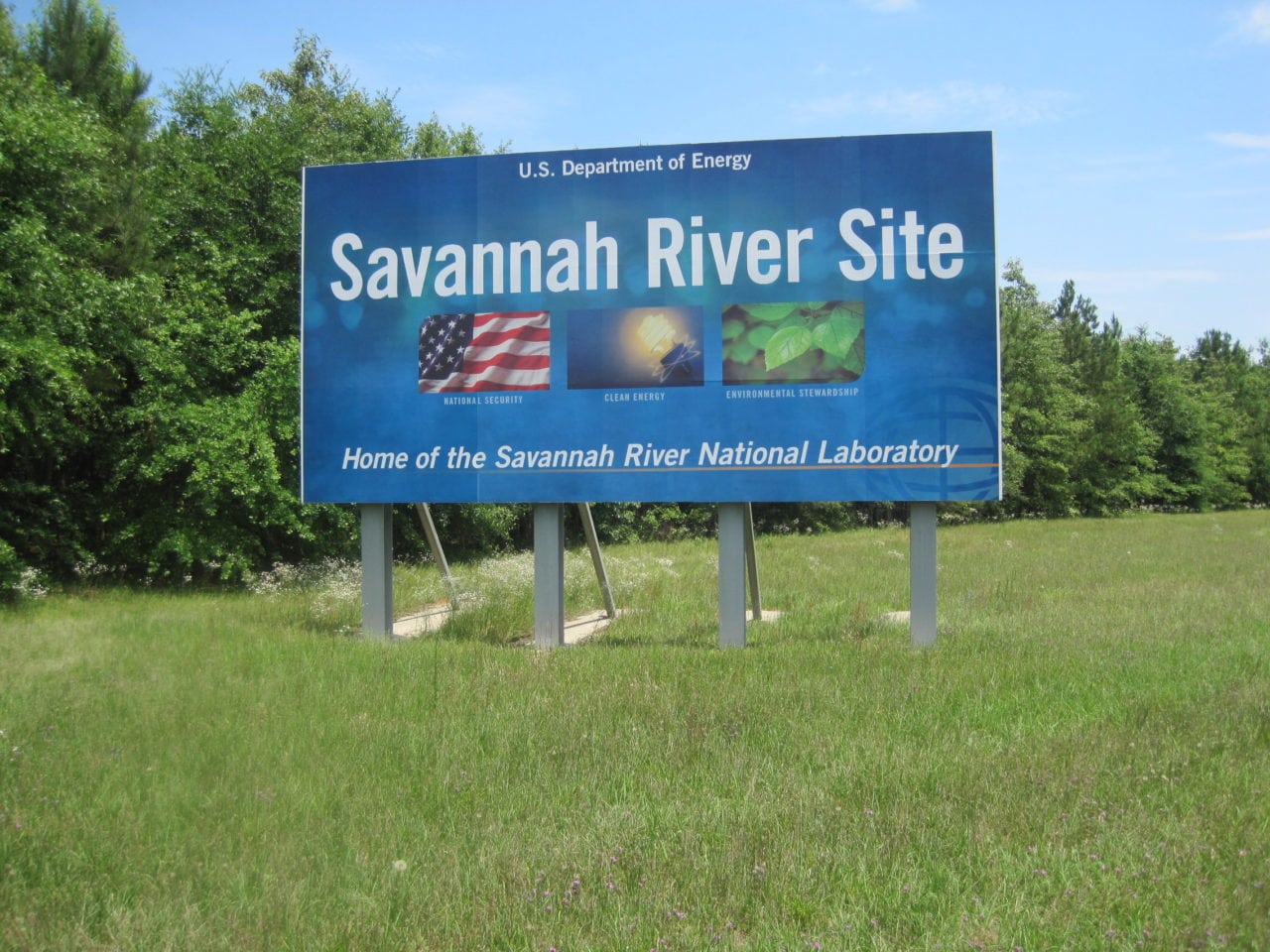
A few days before Christmas, the Department of Energy, together with the South Carolina Department of Health and Environmental Control and the U.S. Environmental Protection Agency agreed to the broad framework for completing radioactive tank waste cleanup at the Savannah River Site.
The primary goal of the revised Federal Facility Agreement, announced Tuesday, is to cut environmental risk by removing waste and closing tanks in order to wrap up the liquid waste program in South Carolina by 2037.
“While a schedule for closure of the compliant tanks is not part of this agreement” it is the understanding of the parties “that these tanks will be closed by the end of calendar year 2037,” according to the agreement.
The target includes all 43 tanks at Savannah River, not just the 16 oldest, DOE said Tuesday. There are 16 remaining “non-compliant” old tanks that don’t meet secondary containment standards —eight have been closed already. The next such old tank could have its waste removed by the end of 2024, according to a schedule found on page 313 of the revised agreement.
Tank closure schedules have “been a moving target since the first closure dates were set,” said Tom Clements, director of Savannah River Site (SRS) Watch, in an email.
For example, a 2002 report from Pacific Northwest National Laboratory projected all the non-compliant old tanks would be closed in fiscal 2022, or 15 years sooner than what is now projected.
Previously, the internally used completion date for the Savannah River Site liquid waste mission was 2041, according to an agency spokesperson. Less than three years ago, DOE started radiological operations of the Salt Waste Processing Facility.
“Given the DOE pledge to close all SRS high-level-waste tanks by 2037, public stakeholders will need to keep an eagle eye on both DOE and contractor performance for any delays or excuses in not meeting the closure-date commitment,” Clements said. “As the tanks pose a serious environmental risk to South Carolina, it is imperative that they be closed as soon as possible and no further drift in the agreed closure dates should be tolerated,” he added.
In November 2017 the parties agreed to suspend the schedule for high-level tank waste removal, according to the latest Federal Facilities Agreement. Various factors were cited including delays in awarding a new liquid waste contract and outages at the vitrification plant.
At the end of June 2022, the parties agreed to a statement of “values and goals” such as vitrifying as much high-level waste as possible into a glass form at the Defense Waste Processing Facility at Savannah River prior to eventual disposal out of state.
Doubling the rate of waste treatment of the Salt Waste Processing Facility from the current 4.5-million gallons per year to 9 million gallons per year within a few years, will help accelerate the waste removal, a DOE manager said in a recent presentation to the Savannah River Citizens Advisory Board. The Salt Waste Processing Facility will process most of the salt waste at Savannah River, according to DOE.
There are 34 million gallons of liquid waste stored in Savannah River underground tanks. The waste is left over from decades of nuclear weapons and civilian nuclear work at the site.
The Defense Waste Processing, which is the only operating radioactive waste glassification plant in the nation, produces glass logs that could one day be sent to a national geologic repository.